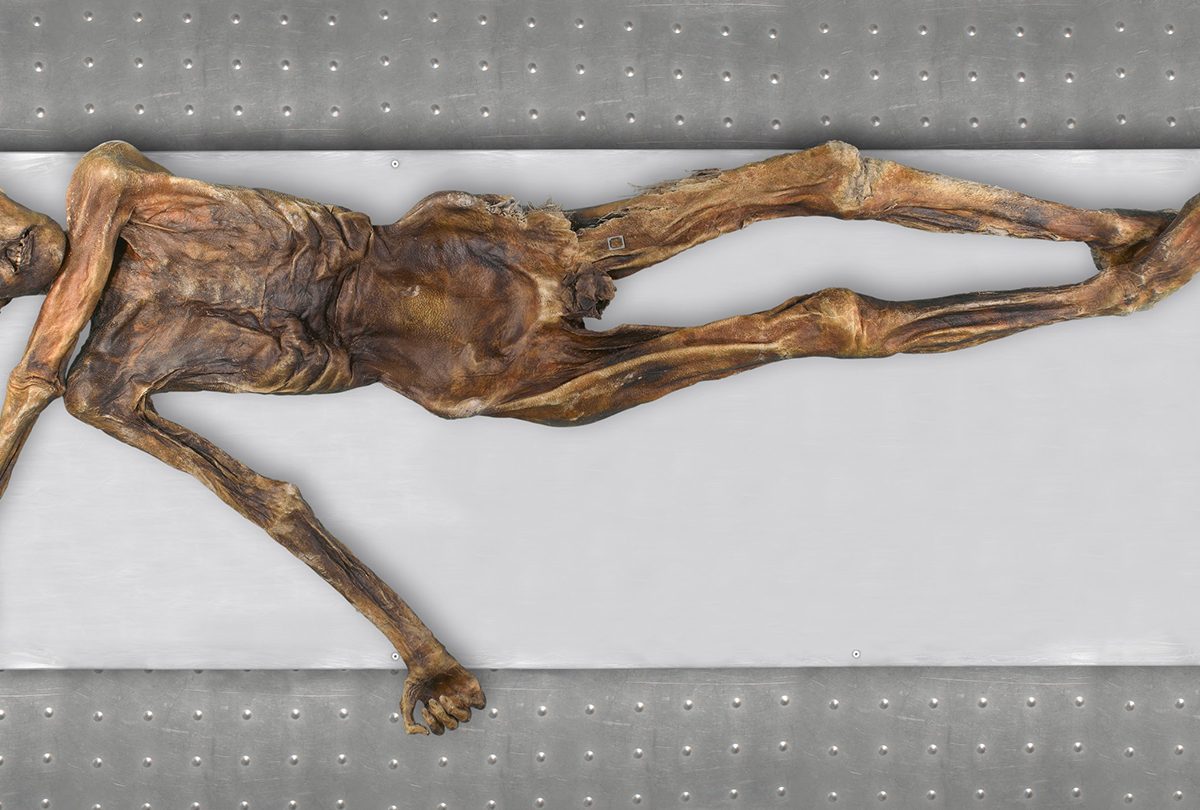A new study by the Max Planck Institute for Evolutionary Anthropology in Leipzig and the Institute for Mummies and the Iceman of Eurac Research in Bolzano has analyzed the genome of the famous “Iceman” using the latest sequencing methods. The study corrects previous assumptions about his genetic ancestry and provides new insights into his health and appearance, including his skin color and hair.
The Iceman’s genome was first decoded in 2012, providing important information for research on prehistoric Europeans. However, advances in sequencing technology and a larger dataset of over ten thousand prehistoric individuals from across Europe have allowed the team to reconstruct his genome more accurately and compare it with his contemporaries. The results provide a more complete picture of the Iceman’s ancestry and characteristics.
Contrary to previous assumptions, the study found no genetic traces of the steppe herders who migrated to Europe around 4900 years ago. Instead, the Iceman’s DNA showed a relatively high proportion of genetic material from “Anatolian” farmers, indicating that he had farming ancestors who lived relatively isolated in the Alps. The study also found evidence of a risk for obesity and a tendency towards diabetes in the Iceman’s genome, although these traits likely had no impact on his active lifestyle.
The study also revealed interesting information about the Iceman’s appearance. While his skin type was previously determined to be Mediterranean-European, the study suggests that it may have been darker than previously thought. Additionally, the study found genetic predispositions to male pattern baldness, although it is unclear whether this trait was expressed during the Iceman’s lifetime. The Iceman’s hair was also analyzed, with 9 cm long dark locks found near the mummy.
While the study provides new insights into the Iceman’s ancestry and characteristics, experts caution against overinterpreting the results. The figure of the Iceman in the museum is an interpretation based on the current understanding of his appearance, and further research may provide a more concrete picture of the person who lived over 5,000 years ago.










